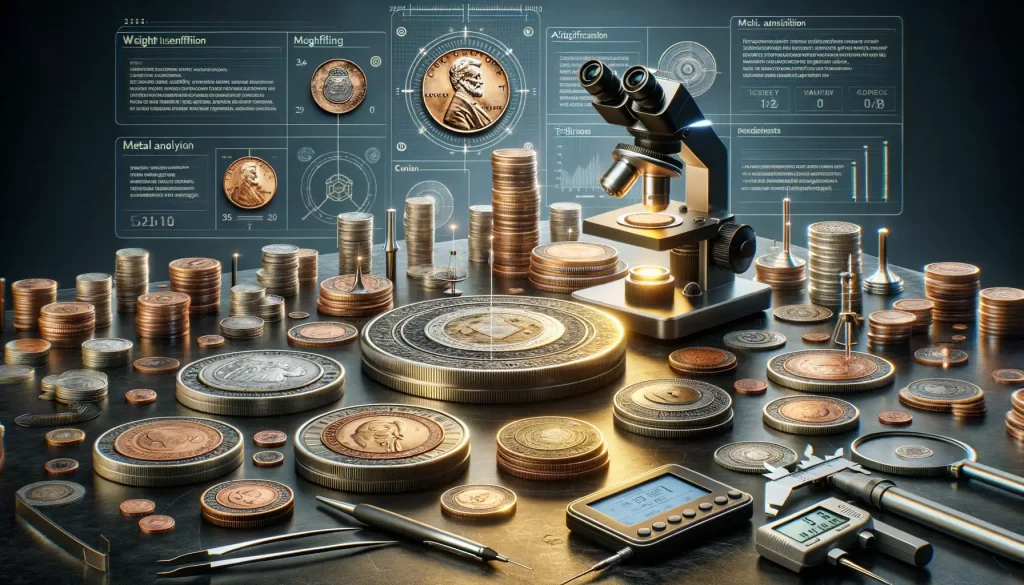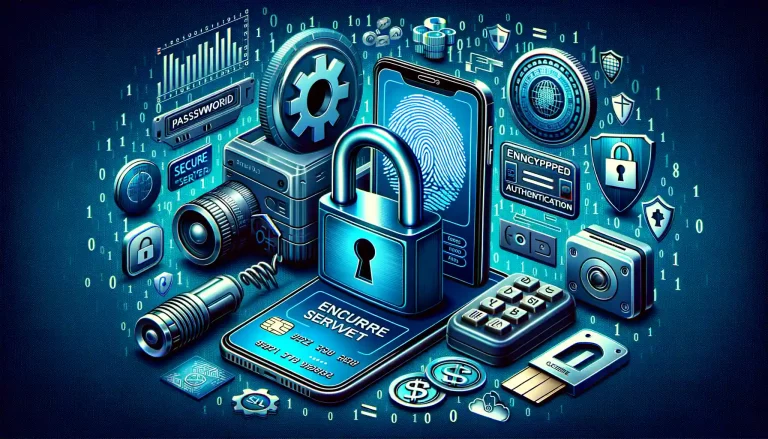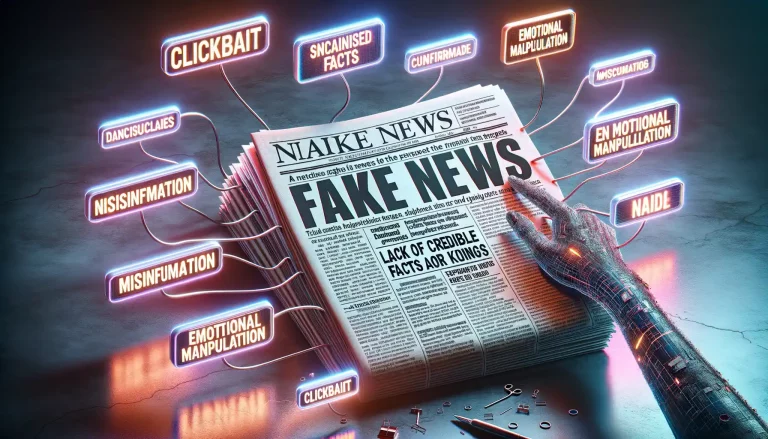Understanding the Basics of Coin Authentication
Why Coin Authentication Matters More Than Ever
Imagine holding a beautiful rare coin in your hand—it gleams with history, its intricate details whispering tales of centuries past. Now, imagine discovering that this treasure is actually a clever counterfeit. Heartbreaking, isn’t it? In a world where fakes are getting scarily realistic, knowing the basics of coin authentication isn’t just a nice-to-have; it’s your first line of defense against deception.
Authentication starts with a careful eye and curiosity. From the coin’s weight to its sound when tapped, every clue matters. Are those edges perfectly milled or suspiciously wonky? Is the patina—the surface sheen—natural, or trying a little too hard to look old? These small details separate the genuine history from high-tech trickery.
Let’s not forget: counterfeits thrive on haste and ignorance. By slowing down, questioning what you see, and embracing your inner detective, you’re not just collecting coins—you’re preserving stories. Stay vigilant because every authentic coin you save is a chapter of history that lives on!
Tools and Techniques for Identifying Counterfeit Coins
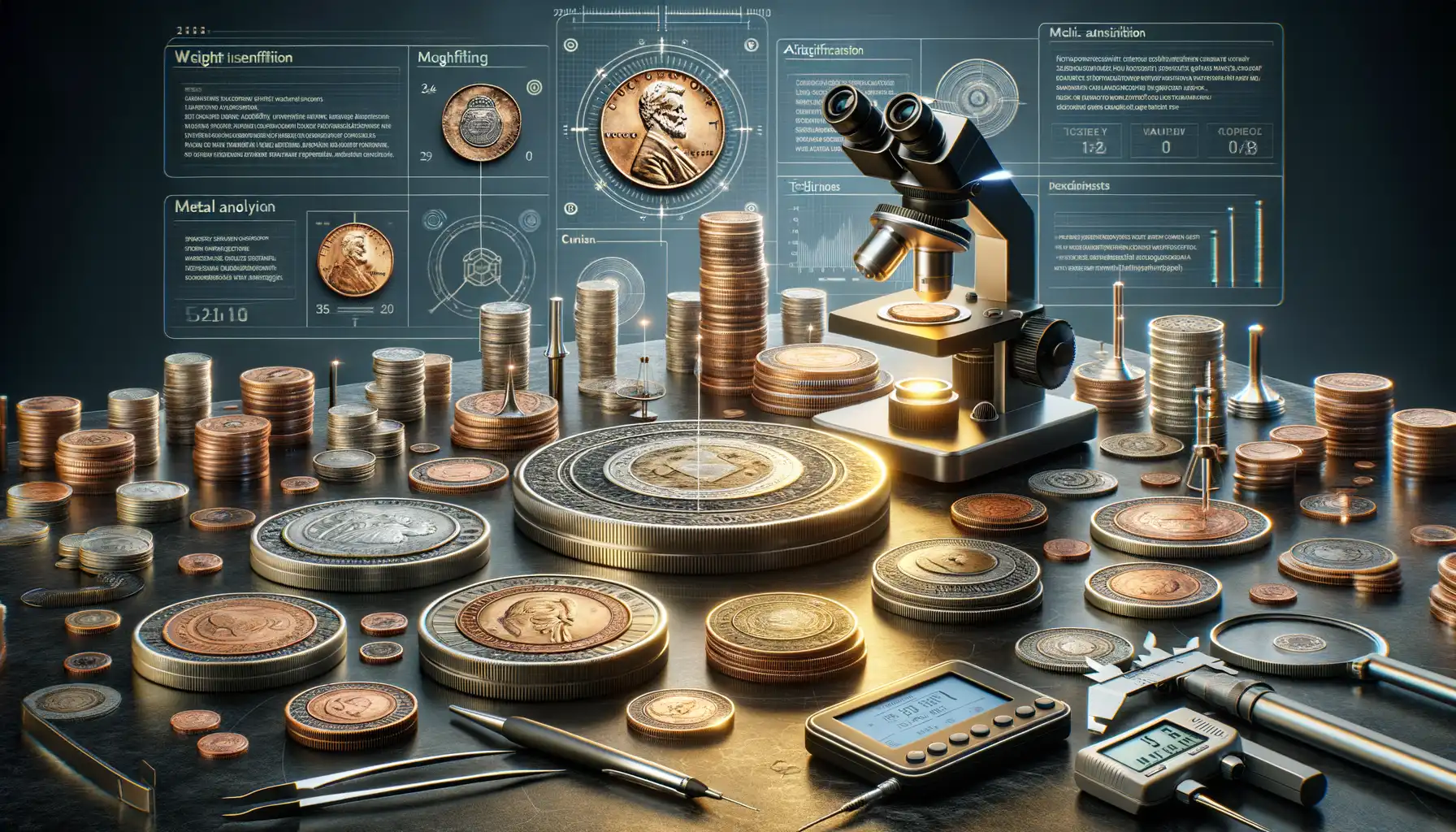
Essential Gadgets for Detecting Fake Coins
Imagine holding a coin that looks ancient, feels authentic, but hides a well-crafted deception. The right tools can save you from heartbreak—and an empty wallet. Whether you’re examining a supposed Roman denarius or a rare Morgan silver dollar, these gadgets are your secret weapons:
- Magnifying Glass or Loupe: A high-quality loupe with 10x magnification is your best friend. Examine fine details like engravings, edges, and mint marks—often the devil is in the details.
- Digital Scale: Precision is key! Counterfeit coins are often ever-so-slightly heavier or lighter than the real deal. Compare the weight against official specifications to spot an imposter.
- Magnet: Your ultimate cheat detector. Most legitimate coins aren’t magnetic, so if it sticks, it’s probably fake. Quick and satisfying to test!
Techniques to Sharpen Your Investigator’s Eye
Beyond tools, your instincts matter. Start by paying attention to texture. Does the metal feel off, too smooth or oddly rough? Many counterfeits fail the “feel test.” Next, examine the font of the inscriptions. Are the letters uneven or awkwardly spaced? That’s a red flag.
Finally, turn to light. Tilt the coin under good lighting and watch how it reflects. Real coins have uniform luster, while fakes might reveal uneven shines or dull spots. With every inspection, you’re shaping your skills—a true connoisseur of authenticity.
Common Signs of Fake Rare Coins
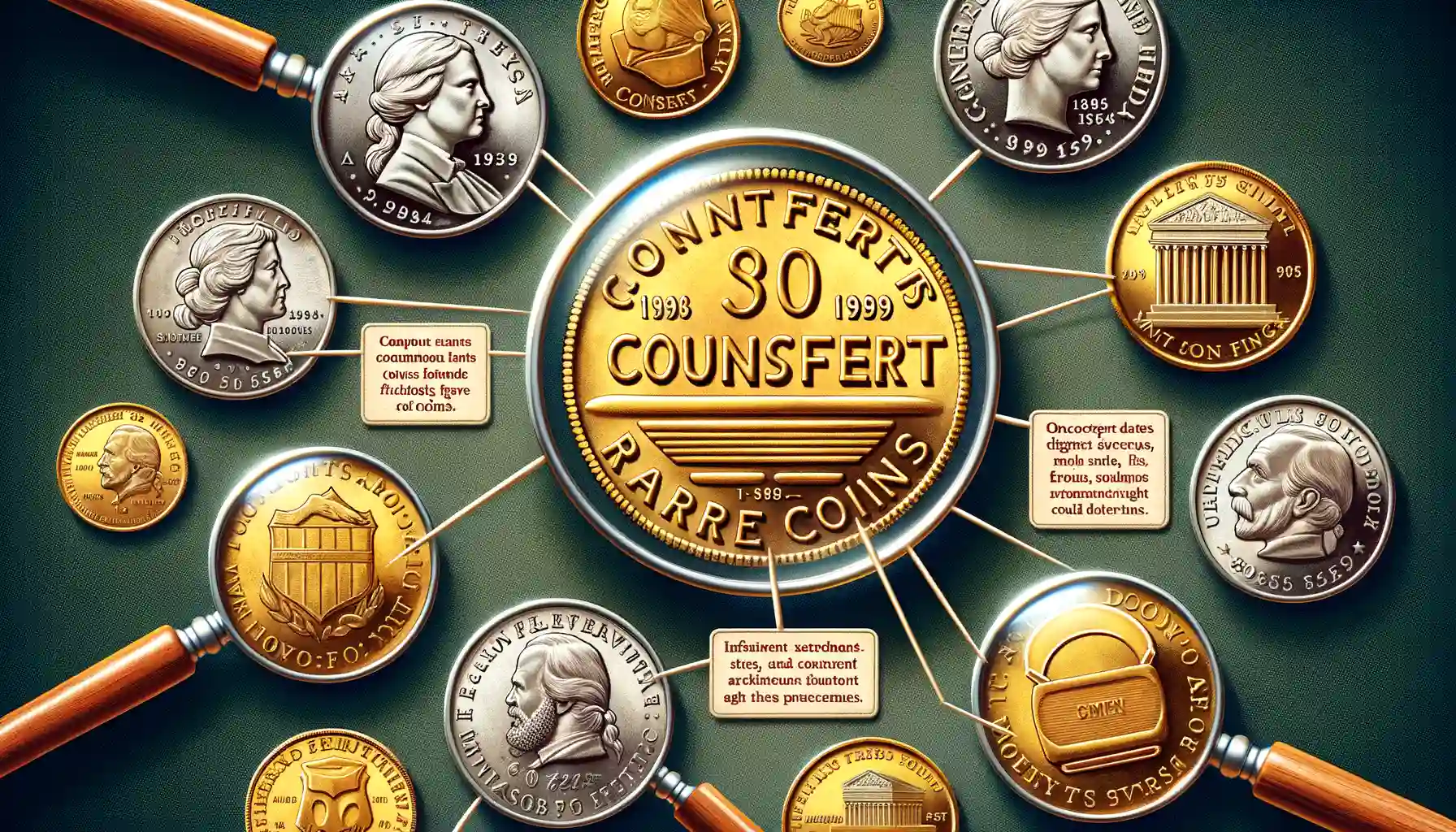
Red Flags That Scream “Fake!”
It’s frustrating, isn’t it? The moment you spot what seems like the perfect rare coin, only to second-guess its authenticity. Counterfeit coins are a minefield, but learning their telltale signs can save you heartache (and your wallet).
One of the most common giveaways is the weight and size mismatch. A genuine rare coin will have precise specifications—off by even the tiniest fraction, and alarms should go off in your head. Grab a scale and caliper; those tools are your best friends here.
Now, take a closer look at the surface. Does it appear too perfect? Or maybe the details seem… off? Often, fakes are either overly polished or lack the intricate designs that real coins wear like a badge of honor.
- Edges that feel wrong: Smooth when they should be reeded or poorly aligned patterns.
- Odd sounds: When dropped, fake coins may produce dull, lifeless clinks instead of that satisfying metal ring.
- Magnetic surprises: Some counterfeits use cheap magnetic materials—test them with a small magnet!
Get close with a magnifying glass and scrutinize the lettering. Genuine coins have sharp, crisp fonts, while counterfeits often blur the edges or show uneven spacing. They’re like someone fudged the spelling on a masterpiece!
Keep an Eye on the Patina
Every coin tells a story; its patina—the natural oxidation and wear—is a chapter in its life. Shouldn’t a 200-year-old coin look its age? Be wary of coins with modern “aging” techniques—artificial toning looks forced, with strange hues or abrupt transitions between colors. Genuine grime and wear are subtle; they’ve had decades, if not centuries, to form.
Finally, trust your gut. If something feels off when holding the coin, it probably is.
The Role of Professional Grading Services in Coin Authentication

Why Trusting Experts is a Game Changer
When it comes to determining whether your rare coin is the real deal or an elaborate fake, you want nothing left to chance. Enter **professional grading services**—the superheroes of the numismatic world. These organizations, like PCGS (Professional Coin Grading Service) or NGC (Numismatic Guaranty Company), bring years of experience, state-of-the-art tools, and eagle-eyed experts to your corner.
Why does this matter? Because even with all the magnifying glasses, scales, and UV lights in the world, you can’t replicate their precision. These services examine coins under extreme scrutiny, looking for minute details like die marks, metal composition, and minting peculiarities that scream authenticity—or call out a fake.
- Authentication: They confirm if your coin truly hails from its claimed era.
- Grading: Coins are awarded a grade, giving you insight into their condition and value.
- Security: Your coin is encased in tamper-proof holders to preserve its integrity.
Besides peace of mind, having your coin professionally graded instantly boosts its marketability. Collectors know they’re getting what’s advertised, and that trust is priceless.
Tips for Collectors to Minimize the Risk of Counterfeit Purchases
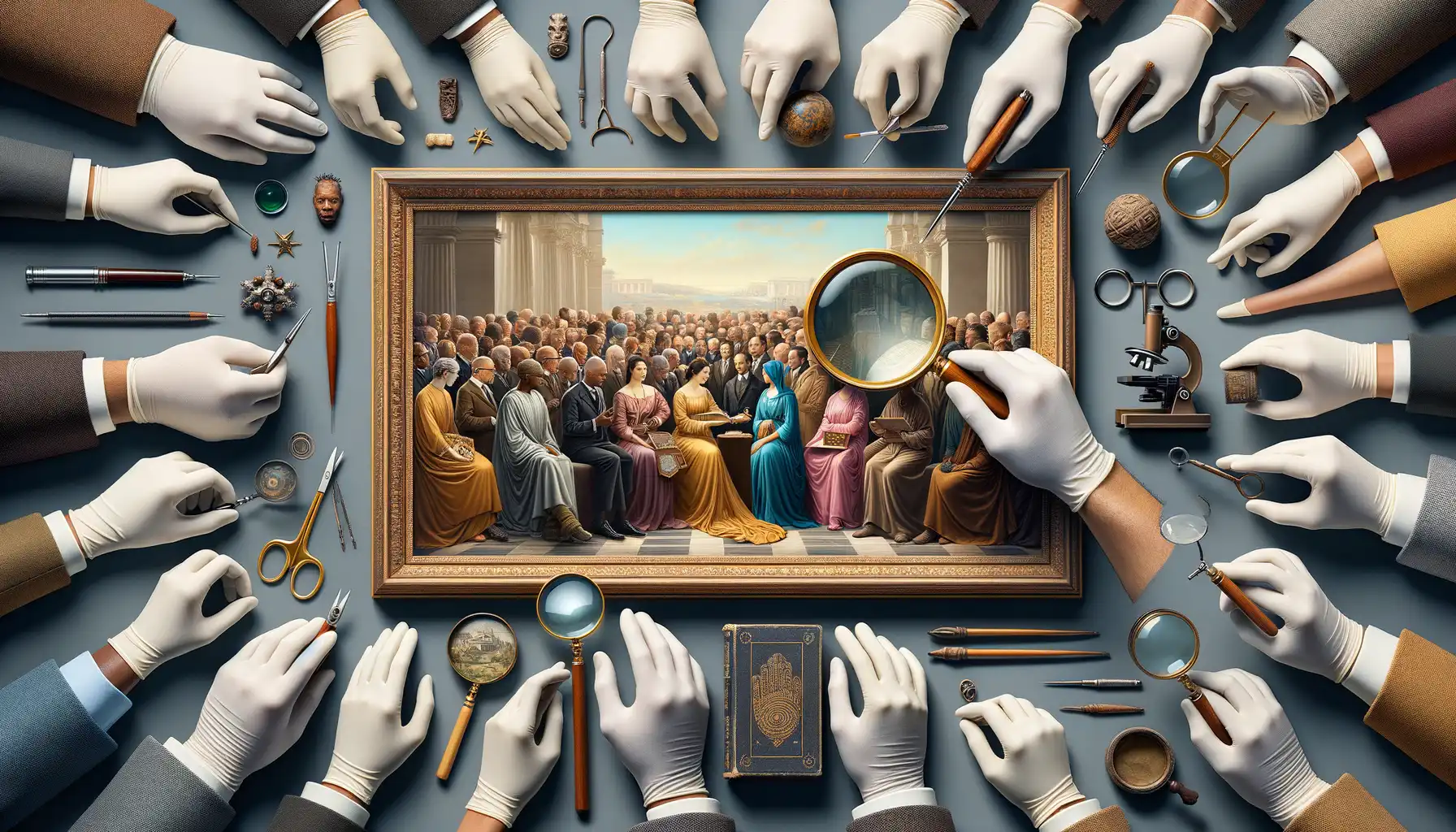
Becoming a Counterfeit-Spotting Detective
Imagine this: you’re staring at a shiny, supposedly rare coin, heart racing with excitement. But wait—what if it’s a counterfeit? No collector wants their passion tarnished by fakes. Here’s how to stay ahead of the game and protect your collection.
- Know Your Coins: Knowledge is your armor. Read books, study reputable coin catalogs, and dive into the histories of your coins of interest. The more you know about the details, like mint marks, weight, or edge patterns, the harder it will be for a fake to fool you.
- Trust, but Verify Dealers: Even reputable sellers can make mistakes. Always research a dealer’s background, reviews, and return policies. If a seller hesitates when asked for a certificate of authenticity, consider it your red flag.
- Learn From Other Collectors: Coin communities are a treasure trove of wisdom. Join forums or attend coin shows to hear stories of how seasoned collectors avoided scams—or sadly fell for them. One person’s mistake could save you hundreds.
Don’t Rely Solely on Gut Feelings
Sometimes, a coin can “feel” too good to be true—and often, it is. But instincts aren’t foolproof. To further safeguard your collection:
– Invest in a scale to check the coin’s weight. Fakes are often lighter or heavier due to different metals.
– Use a magnifying glass or loupe to inspect engraving quality. Counterfeits often falter in sharpness or show suspicious wear.
– When in doubt, turn to professional graders like PCGS or NGC. They’re like the Sherlock Holmes of the coin world and can sniff out a fake faster than you can say “mint condition.”
Clutching that perfect coin shouldn’t feel like a gamble. Treat your collection like the work of art it is—research, use the right tools, and stay curious. It’ll pay off every time!
